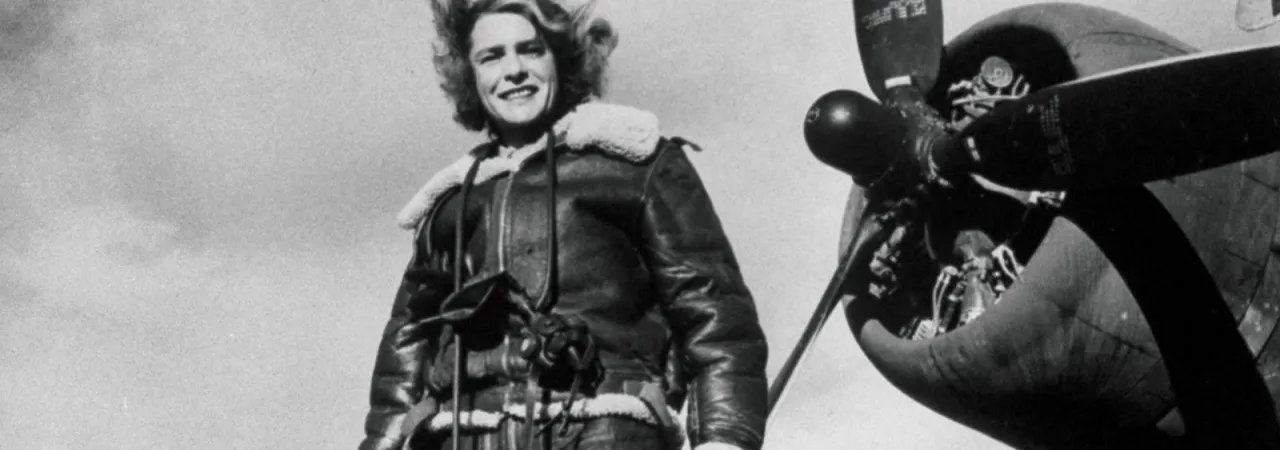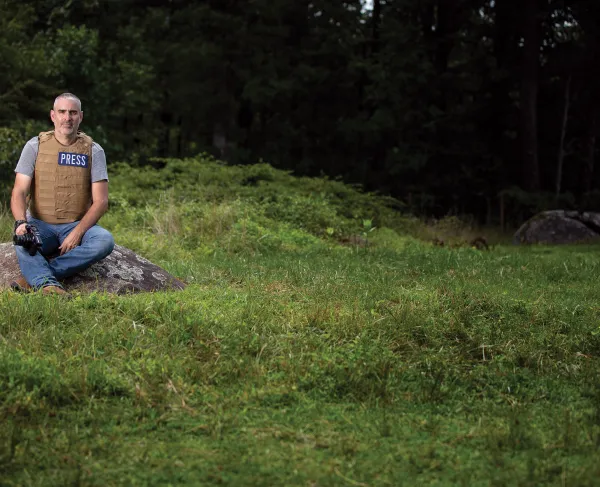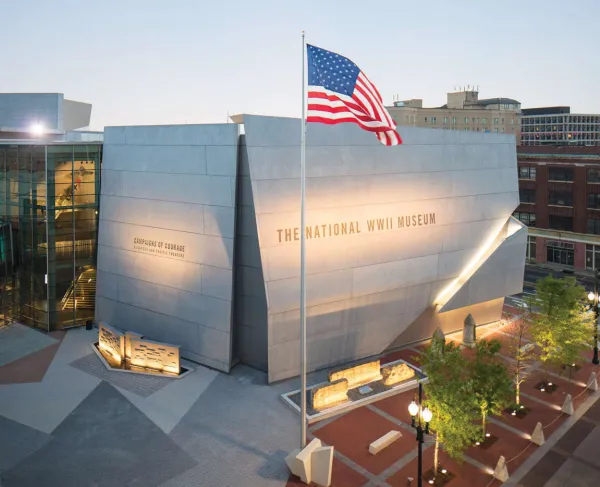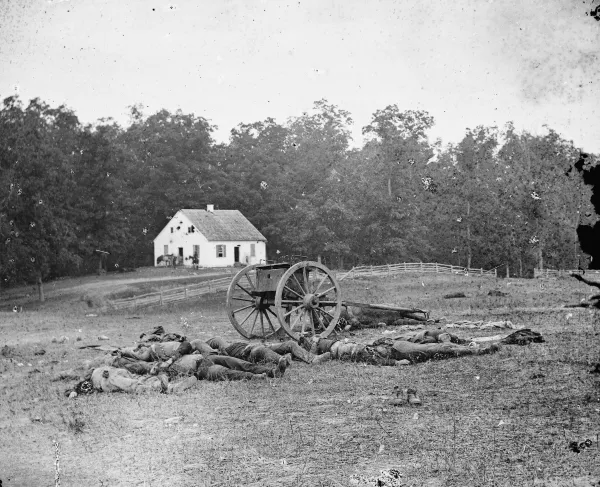Combat photographers: The Brave Men and Women Who Have Shaped Our View of War

Margaret Bourke-White, America's first female combat photographer, poses in flight gear with her camera.
If there is a kind of brotherhood across time for members of the military, the same can easily be said for the far smaller community of combat photographers and photojournalists. These are just a few of the most iconic figures in the field:
Roger Fenton (1819–1869)
The founder and first secretary of the United Kingdom’s Royal Photographic Society, Fenton went to photograph the later stages of the Crimean War at the urging of Prince Albert, husband of Queen Victoria. He spent three-and-a-half months taking posed images, as required by long exposure times, although he studiously avoided recording portraits of wounded or dead soldiers. Among his landscapes was a shot of the valley made famous by Alfred Tennyson’s poem “The Charge of the Light Brigade.”
Ernest Brooks (1876–1957)
The first official photographer appointed by the British military, Brooks produced thousands of images during WWI, and was the only professional photographer to record the Battle of the Somme. Both before and after the war, he was the first official photographer to the Royal Family, although his position and honors were stripped from him in 1925 for reasons never publicly disclosed — there is conjecture that it was for taking an indiscreet image of the Prince of Wales appearing in women’s dress for a role in a play.
Margaret Bourke-White (1904-1971)
Not only named the first female photographer for Life magazine in 1936, during WWII, Bourke-White also became America’s first female combat photographer and continued to serve in that capacity through the Korean War. Known as “Maggie the Indestructible,” she was remembered after her death from Parkinson’s Disease as a “woman who had been torpedoed in the Mediterranean, strafed by the Luftwaffe, stranded on a Arctic island, bombarded in Moscow, and pulled out of the Chesapeake when her chopper crashed.”
Gerda Taro (1910–1937)
Like her professional and romantic partner Robert Capa, Taro worked under an alias — having been born Gerta Pohorylle in Germany and fleeing the Nazis because of her Jewish faith. During the Spanish Civil War, she became the first female photographer killed on the frontlines of a conflict when she was accidentally struck by a tank while covering the Republican army retreat from the Battle of Brunete.
Robert Capa (1913–1954)
Born Endre Ernő Friedmann in Hungary, Capa began using his famous alias while working as a photojournalist in Paris, having fled Berlin in the wake of the Nazi rise to power. His first combat photos were taken of the Spanish Civil War, during which he accompanied then-journalist Ernest Hemingway. He went on to document the Second Sino-Japanese War for Life magazine and, most famously, WWII, although he was technically classified as an “enemy alien” by the Allies. His “Magnificent Eleven” were a series of photos taken as he landed on Omaha Beach during one of the first waves of the D-Day Invasion, alongside the U.S. Army’s 16th Infantry Regiment.
Nick Ut (Born 1951)
Born Huỳnh Công Út, but known professionally as “Nick,” Ut was born in what was then known as French Indochina. He began taking pictures for the Associated Press when he was just 16, after his older brother, who had been employed in that capacity, was killed; Ut was himself wounded three times during the Vietnam War. He is most famous for his 1973 Pulitzer Prize-winning photo “The Terror of War,” depicting children in flight from a napalm bombing.
Joao Silva (Born 1966)
Born in Portugal, Silva came to prominence covering violence in South Africa during the transition from apartheid, as part of the group of photographers known as the Bang-Bang Club. He later worked in the Balkans, Central Asia, Russia and the Middle East. In 2010, he lost both his legs after stepping on a landmine while on patrol with U.S. soldiers near Kandahar, Afghanistan. After months of recovery and two prostheses, he returned to work for the New York Times and remains on staff, based out of the Africa Bureau.





